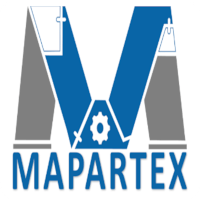OWNERSHIP & OPERATION COST
The focus of most customers is to shop around to find the lowest purchase price. There will always be a solution to offer in this case. It seems to be a “smart” strategy. However, it does not necessarily mean customers will be entirely satisfied because this approach only offers a short-term solution. Soon this low-cost equipment will stop working and require repair, and the operation cost will increase, compromising the financial strength of the customer’s business.
We listen first, then we quote.
The focus of most customers is to shop around to find the lowest purchase price. There will always be a solution to offer in this case. It seems to be a “smart” strategy. However, it does not necessarily mean customers will be entirely satisfied because this approach only offers a short-term solution. Soon this low-cost equipment will stop working and require repair, and the operation cost will increase, compromising the financial strength of the customer’s business. Based on our own records, customers that focus on the long-term cost of owning equipment or machinery become regular customers with a long-term win-win business relationship with high possibilities of succeeding and growing.
Teamwork makes the dream work.
Our approach goes beyond the customer’s immediate need. We spend time, money, and other resources learning about the products we offer so we can help our customers not only with the acquisition of the equipment but also assist them with all the support to keep it running at the lowest possible cost. It is possible for customers to make a really smart purchase with minimum financial resources.
Let's address these Ownership Cost Factors before investing.
- Class of the equipment acquired according to Mapartex classification: Class 1, Class 2, or Class 3.
- Customer knowledge of the operation and maintenance of the equipment.
- Access to the equipment’s original operation, maintenance, and parts manuals.
- Reliable source of Technical Support.
- Reliable local maintenance and repair shop.
- Regular Preventive Maintenance Programs.
- Time of Ownership planned.
- Residual Value at the end of the ownership.
- Financial resources available.


